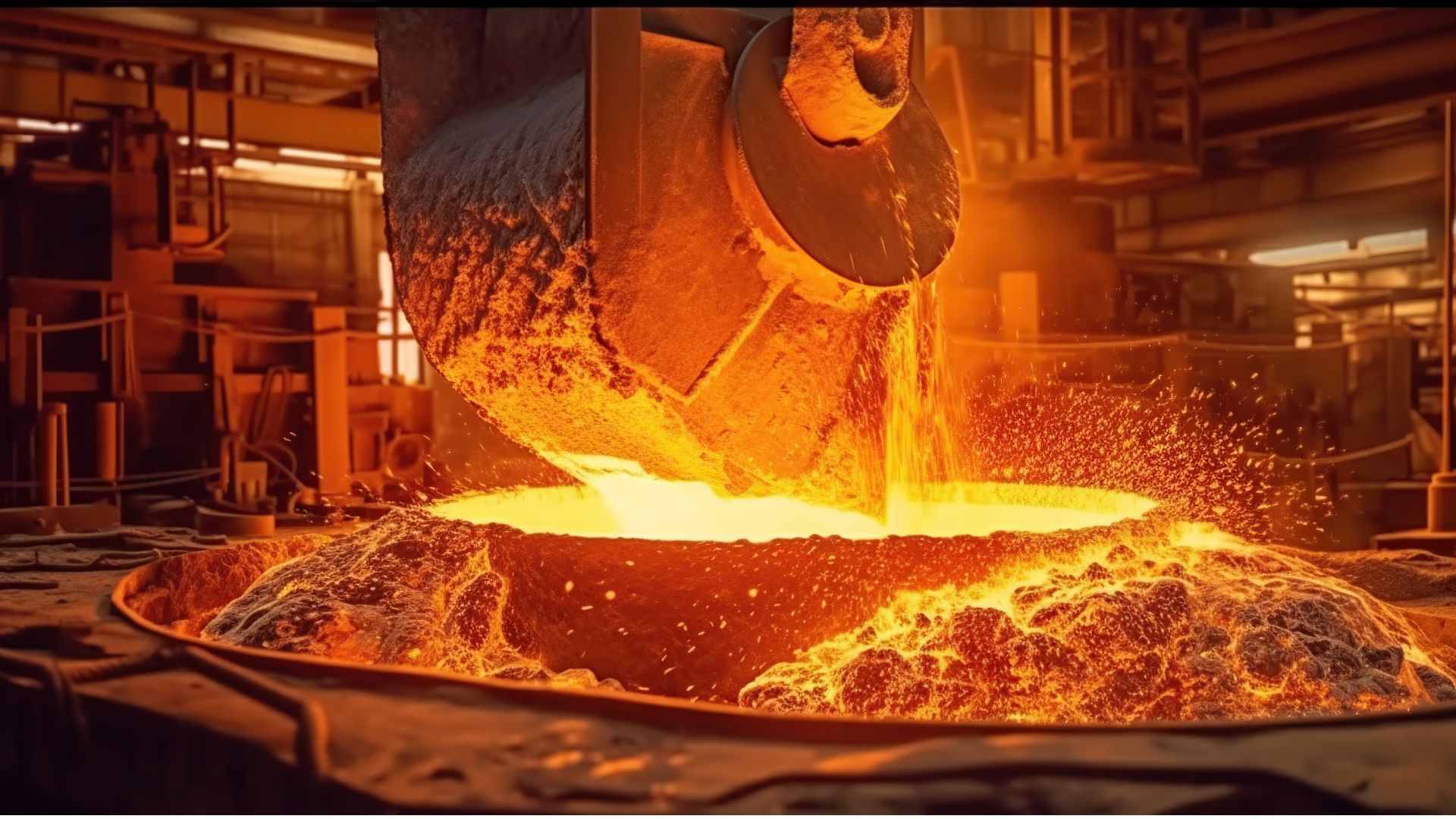Key Takeaways
- Understanding the versatile applications of alloy steel in various industries.
- Insights into the benefits of alloy steel in design and construction.
- Exploration of sustainable practices in alloy steel production.
Introduction to Alloy Steel
Alloy steel is more than just a material; it’s a cornerstone of modern industry. With a combination of iron and additional elements like nickel, manganese, or chromium, alloy steel boasts enhanced properties that standard steels cannot match. It provides a perfect blend of strength and flexibility, capable of withstanding immense pressures and tensions that come with large-scale engineering projects. Moreover, Alloy Steel from Specialty Steel serves as a prime example of how these unique alloys are utilized in everyday applications, solidifying its role as an industrial staple across numerous sectors.
The Diverse Applications of Alloy Steel
One cannot delve into the world of alloy steel without exploring its diverse applications. Its use is prolific in sectors demanding materials of exceptional durability. In the automotive industry, for instance, alloy steel’s is integral to creating components that must deliver great performance, such as gears, shafts, and axles. This sector pressures materials developers to push boundaries for better fuel efficiency and safety. On a larger scale, its role in the aerospace industry involves crafting aircraft parts that must endure extreme conditions, such as the high temperatures and pressures experienced at altitude. The construction industry also benefits from utilizing alloy steel’s to create versatile frameworks that support modern architecture. Advancements in material science have ushered in innovative uses of alloy steel, introducing new forms that satisfy custom engineering tasks.
Benefits of Using Alloy Steel in Engineering Projects
The benefits associated with alloy steel’s in engineering projects go beyond mere cost considerations. Its impressive tensile strength makes it ideal for projects that require components capable of standing up to high stress levels. Moreover, alloy steel’s ability to resist corrosion extends its lifespan, reducing both maintenance costs and replacement needs. For example, bridges using alloy steel’s structures last notably longer than those made from more traditional materials. These qualities contribute to its reputation as a cost-effective solution for building long-lasting infrastructure. The strategic use of alloy steel’s helps companies achieve financial savings while maintaining high standards of quality—it’s a win-win situation for businesses and consumers alike.
Challenges and Innovations in Alloy Steel Production
Creating high-quality alloy steel’s involves overcoming several production challenges. Ensuring consistency in alloy composition and maintaining cost-effectiveness are critical hurdles that manufacturers face. Amid these challenges, the industry is witnessing a wave of innovations driven by the need to improve efficiency and quality. With technological advancements, such as steel production technology, both large and small-scale producers can streamline their processes to produce better materials more economically. Innovative solutions—like predictive analytics and advanced heat treatment technologies—aid in exacting control over production variables, ensuring that each batch meets the stringent demands of modern engineering applications. This improvement in the production process is pivotal for keeping up with the rapidly evolving industrial landscape.
Sustainable Practices in the Steel Industry
As environmental concerns rise, the steel industry is pivoting towards more sustainable production practices. The industry’s shift towards sustainability includes minimizing carbon emissions and maximizing recycling efforts. Noteworthy is the growing adoption of electric arc furnaces, which leverage recycled steel scrap—thereby reducing reliance on raw materials. These practices not only support the conservation of the environment but also align with global sustainability goals. Companies adopting these methods contribute to environmental health while retaining competitive market positions. Through concerted efforts, the industry strives to lower its environmental footprint and set new standards for a sustainable future.
Future Trends in Alloy Steel Utilization
Looking forward, the utilization of alloy steel’s continues to evolve alongside technological advancements. Its potential use in renewable energy sectors, like wind and solar, presents exciting possibilities. The shift towards smart infrastructure also relies heavily on materials like alloy steel, known for its durability and strength. Such applications are not only innovative but also environmentally conscious, providing reliable solutions for generations to come. Furthermore, ongoing research and development will likely bring forth new alloy compositions that meet more precise demands, opening up fresh opportunities across a range of emerging industries. As markets and technologies continue to develop, alloy steel is well-positioned for significant contributions to future engineering achievements.
Frequently Asked Questions
What is alloy steel primarily composed of?
Alloy steel’s is primarily made up of iron, which is then blended with various alloying elements such as manganese, nickel, and chromium. These additional elements are purposefully introduced to enhance the steel’s characteristics, making it suitable for various demanding applications, from construction to manufacturing complex machinery.
How does alloy steel contribute to project cost reduction?
Beyond its renowned strength and durability, alloy steel’s helps reduce life-cycle costs owing to its reduced need for maintenance and lower frequency of replacement. The upfront investment in high-quality alloy steel is offset by these longer-term savings. This characteristic makes it an attractive material choice for developers looking to balance quality construction with fiscal responsibility.

